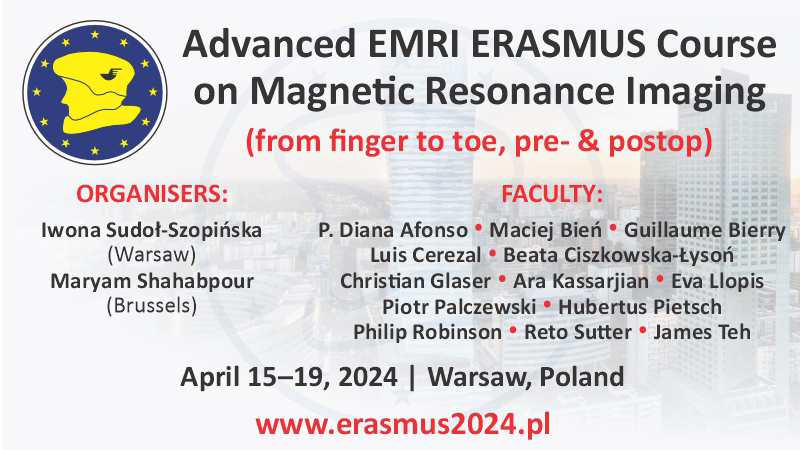Role of inflammatory factors and adipose tissue in pathogenesis of rheumatoid arthritis and osteoarthritis. Part II: Inflammatory background of osteoarthritis
Iwona Sudoł-Szopińska1,2, Paweł Hrycaj3, Monika Prohorec-Sobieszek4,5
 Affiliation and address for correspondence
Affiliation and address for correspondence
J Ultrason 2013; 13 (54): 319–328
Abstract
Osteoarthritis is the most common rheumatoid disease. It may develop as a primary disease of the motor organ or as a secondary one in the course of other inflammatory joint diseases. Similarly to the majority of rheumatoid conditions, the pathogenesis of osteoarthritis has not been fully explained. The fact that its development is determined by adipocytokines, which are inflammatory mediators produced in the adipose tissue, has been known for several years. Additionally, inflammatory processes taking place in the adipose tissue that lead to degenerative changes are the main subject of studies conducted by various immunological laboratories. Degenerative changes in patients with osteoarthritis are frequently accompanied by secondary inflammation with cellular infiltrations in the synovial membrane. In numerous cases, the intensification of inflammatory lesions resembles changes seen in arthritis, particularly in rheumatoid arthritis, which inhibits the differential diagnosis by means of imaging examinations. This may have significant clinical implications, e.g. with respect to sonography, which is the basic imaging examination in diagnosing rheumatoid arthritis, monitoring the efficacy of implemented treatment or confirming remission. This article discusses the pathogenesis of three elements of osteoarthritis, i.e. synovitis (due to the difficulties in differentiation of synovitis in the course of osteoarthritis and in rheumatoid arthritis) as well as osteophytes and subchondral sclerosis (due to the significance of the inflammatory factor in their development).
Keywords
osteoarthritis, rheumatoid arthritis, synovitis, adipose tissue, adipocytokines






